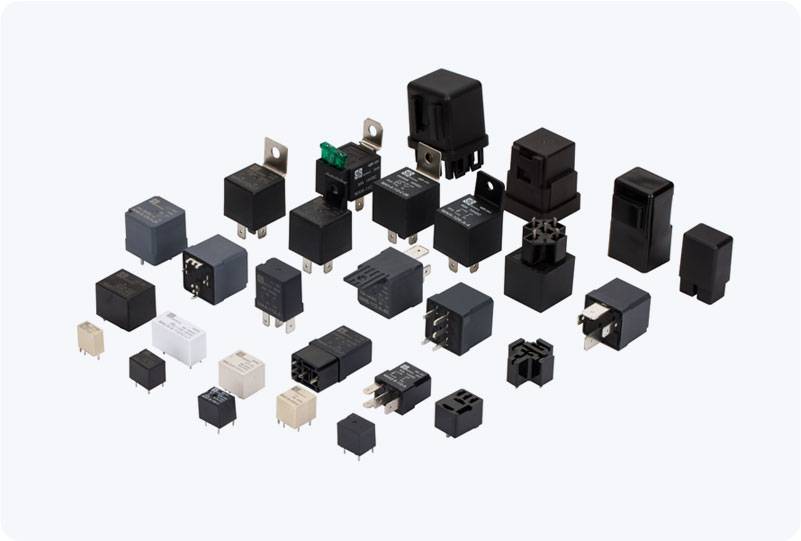The Battery Main Positive Relay is a crucial component in electrical systems, especially in vehicles, electric machines, and energy storage systems. It serves as a primary safety and control element for managing the connection between the battery and other parts of the system. This article will delve into the importance, functionality, and applications of the Battery Main Positive Relay, focusing on how it ensures optimal performance, protection, and safety in various electronic and automotive contexts.

What is the Battery Main Positive Relay? A Battery Main Positive Relay is an electrical switch designed to control the flow of power from the battery’s positive terminal to other components of a system. Essentially, it acts as a gatekeeper that allows or prevents the current from flowing through the system. By using an electromagnetic mechanism, the relay either opens or closes the circuit based on the electrical signals it receives from the system’s control unit. This action helps manage battery power in real-time, ensuring the system functions safely and efficiently. Key Functions of the Battery Main Positive Relay
Leave a Reply